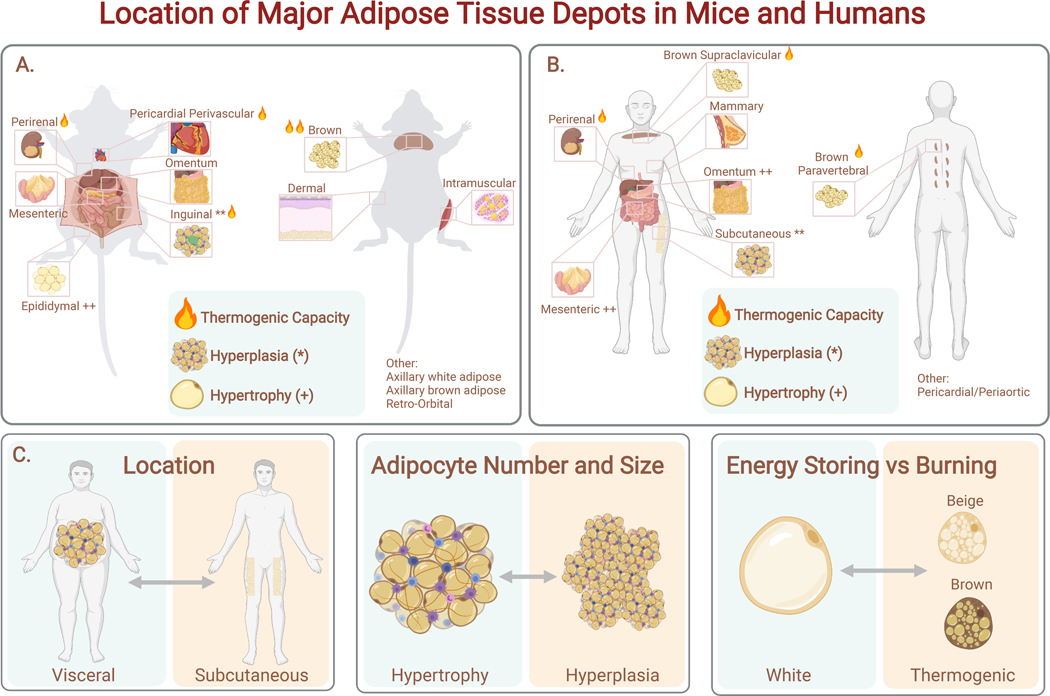Figure 2. Location of Major Adipose Tissue Depots in Mice and Humans.
Both mice (A) and humans (B) have thermogenic brown adipose tissue (interscapular, cervical, paravertebral). Epididymal adipose tissue (eWAT) is comparable to visceral human adipose tissue (omental, mesenteric adipose tissue (MAT)), while murine inguinal adipose tissue (iWAT) is comparable to human subcutaneous adipose tissue. Fat depots differ in their propensity for thermogenesis. (C) The three axes of adipose tissue variance relevant to metabolic health: location (visceral vs subcutaneous); expansion mechanism (hypertrophy vs hyperplasia), and metabolic phenotype (energy storing vs burning).

